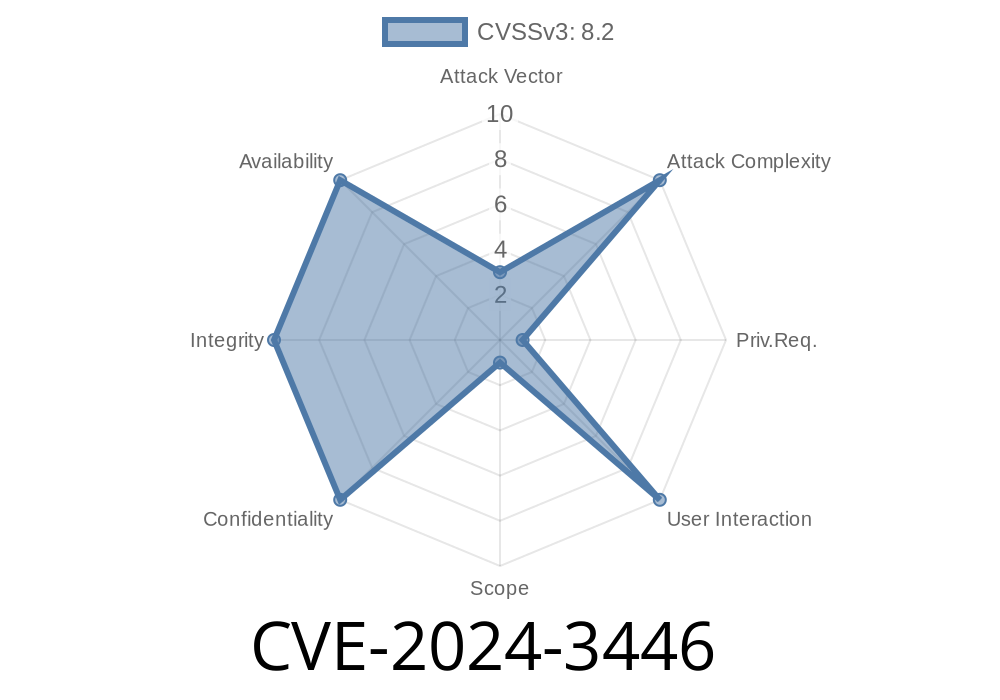A recently discovered double free vulnerability, designated as CVE-2024-3446, has been found to affect certain QEMU virtio devices, including virtio-gpu, virtio-serial-bus, and virtio-crypto. This flaw, which arises from insufficient protection provided by the mem_reentrancy_guard flag, can potentially enable a malicious privileged guest user to crash the QEMU process on the host or execute arbitrary codes within the host's context. In this post, we will discuss the crucial details related to this vulnerability and explore possible mitigation techniques.
Details of the Vulnerability
QEMU, which stands for Quick Emulator, is an open-source software responsible for creating and running virtual machines. Specifically, this double free vulnerability was found in the virtio devices used to connect the virtual machines to the host system. When mem_reentrancy_guard flag does not sufficiently protect against DMA reentrancy issues, it can allow unintended access to critical system resources, leading to a potential denial of service or arbitrary code execution within the host context.
Here is a code snipplet highlighting the unprotected code in question
if (!s->mem_reentrancy_guard) {
s->mem_reentrancy_guard = true;
while (!QTAILQ_EMPTY(&s->pending_linked)) {
...
vq->handle_output(vq);
...
}
}
s->mem_reentrancy_guard = false;
}
The lack of proper protection provided by the mem_reentrancy_guard flag can expose the system to DMA reentrancy issues, allowing malicious activities to compromise the QEMU process.
Original References
The vulnerability was discovered by researchers and reported through responsible disclosure. The links below provide further details regarding the vulnerability and the relevant software:
- CVE-2024-3446 - NVD (National Vulnerability Database)
- QEMU official website
Exploit Details
Although there are no known exploits in the wild, the vulnerability's potential impact is significant, given the widespread use of QEMU in virtualization setups. Successful exploitation could lead to a wide range of consequences, including denial of service and unauthorized code execution on the host system. To counter this risk, it is crucial to keep abreast of any reported exploits or related developments.
Mitigation Techniques
To protect your system from this vulnerability, the recommended course of action is to apply any available patches or updates from QEMU as soon as they become available. Until a fix is released, you can also consider implementing additional security measures, such as monitoring guest activity, restricting access to privileged users, and isolating virtual machines from sensitive network segments.
Conclusion
In summary, CVE-2024-3446 is a critical vulnerability affecting QEMU virtio devices, with potentially severe implications for system stability and security. By staying informed about the latest developments and promptly implementing any recommended patches or updates, you can mitigate the risk to your virtualization infrastructure and safeguard your critical assets.
Timeline
Published on: 04/09/2024 20:15:10 UTC
Last modified on: 04/18/2024 08:15:38 UTC
